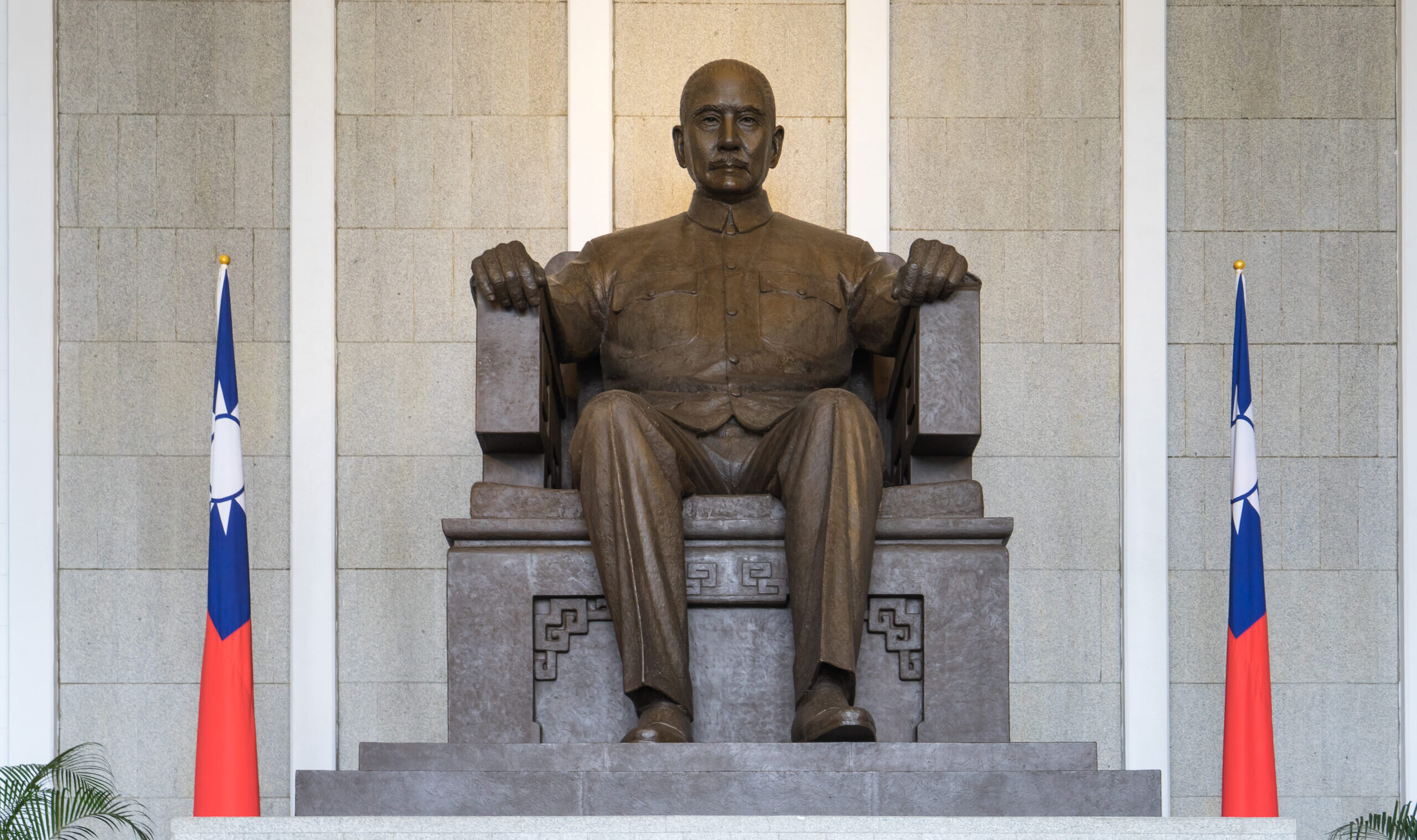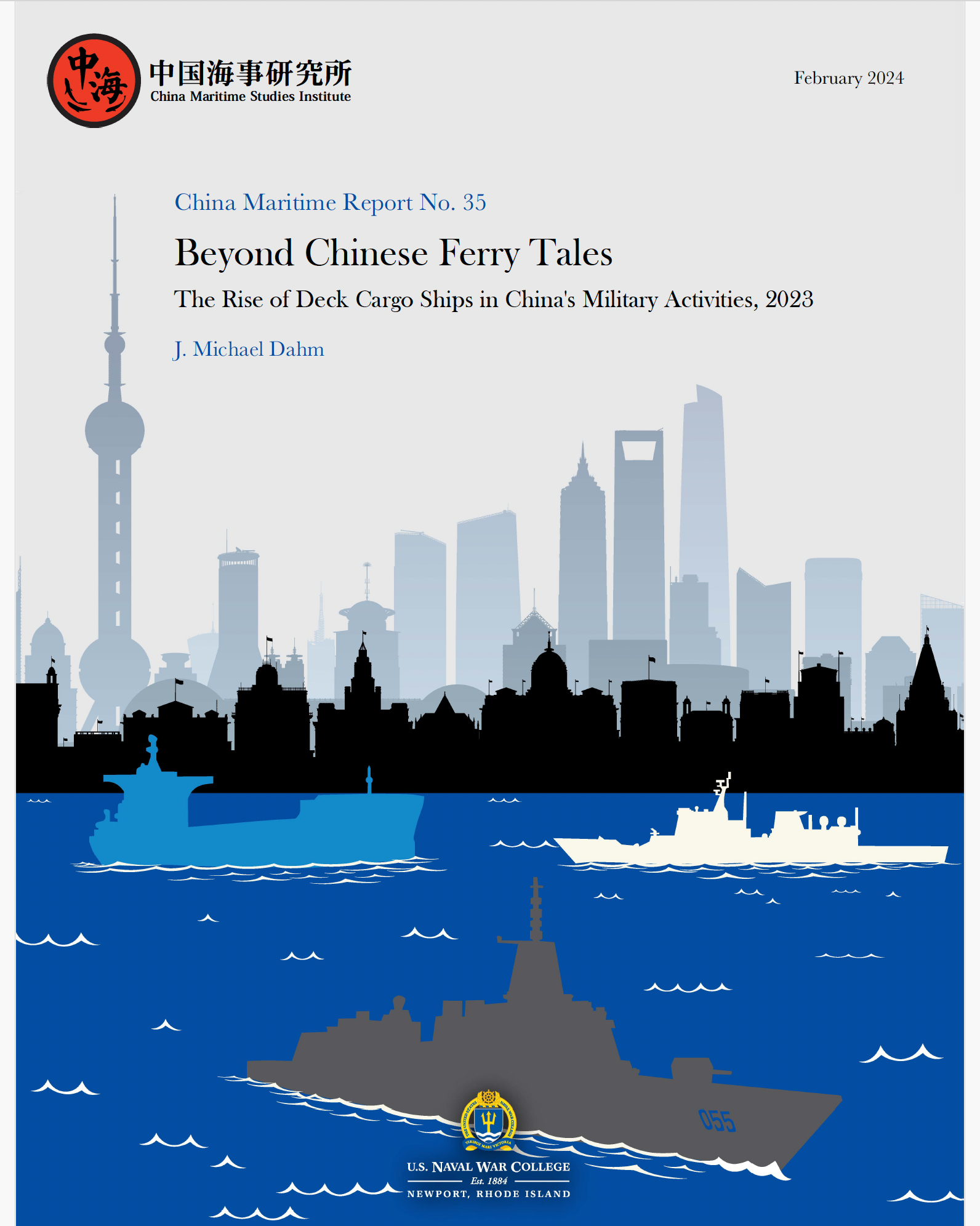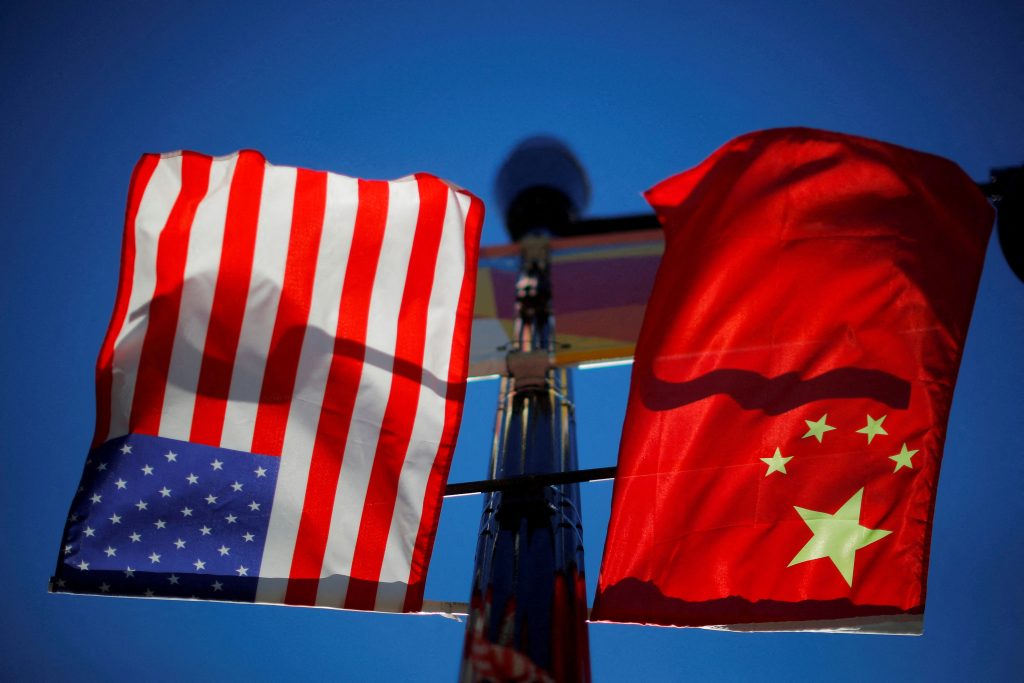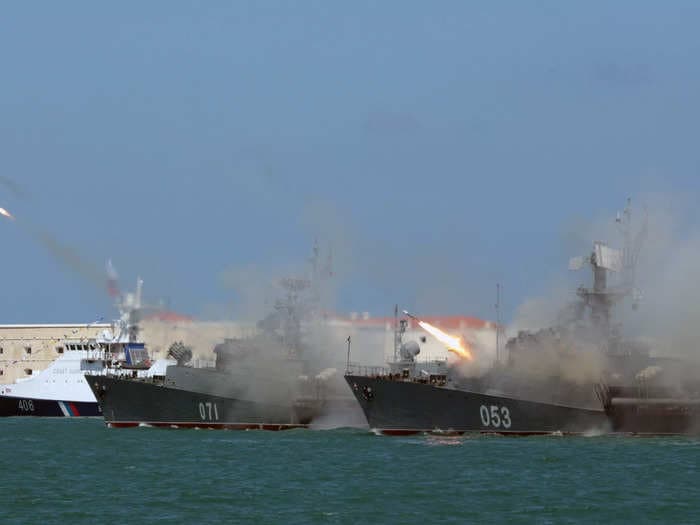David Brennan
Israeli forces are continuing their hunt for Hamas' sprawling tunnel network—highlighted on a think tank's new map of the conflict—under the devastated Gaza Strip as talks on a fresh ceasefire agreement progress under American guidance.
As in previous rounds of conflict, the Israel Defense Forces (IDF) have made the militant tunnel network—which is believed to stretch for hundreds of miles under Gaza—a prime objective given its strategic importance to the smuggling and military operations of Palestinian resistance factions.
On Wednesday, the IDF revealed a significant tunnel complex which it said had been used to hold 12 of those taken hostage during Hamas' October 7 infiltration attack, during which some 1,200 people were killed and hundreds abducted back into the Strip.
The IDF said it was built "in the heart of a civilian area in Khan Younis" and had previously been used by Hamas leaders. The IDF believes the Islamist group's Gaza chief Yahya Sinwar is still hiding below the streets of the southern city, which has been a recent focus of the fighting.















/bnn/media/media_files/9b31f9356ff9b1e0681e951c99b665bd688ee02961283914d257a159299019cc.jpg)



